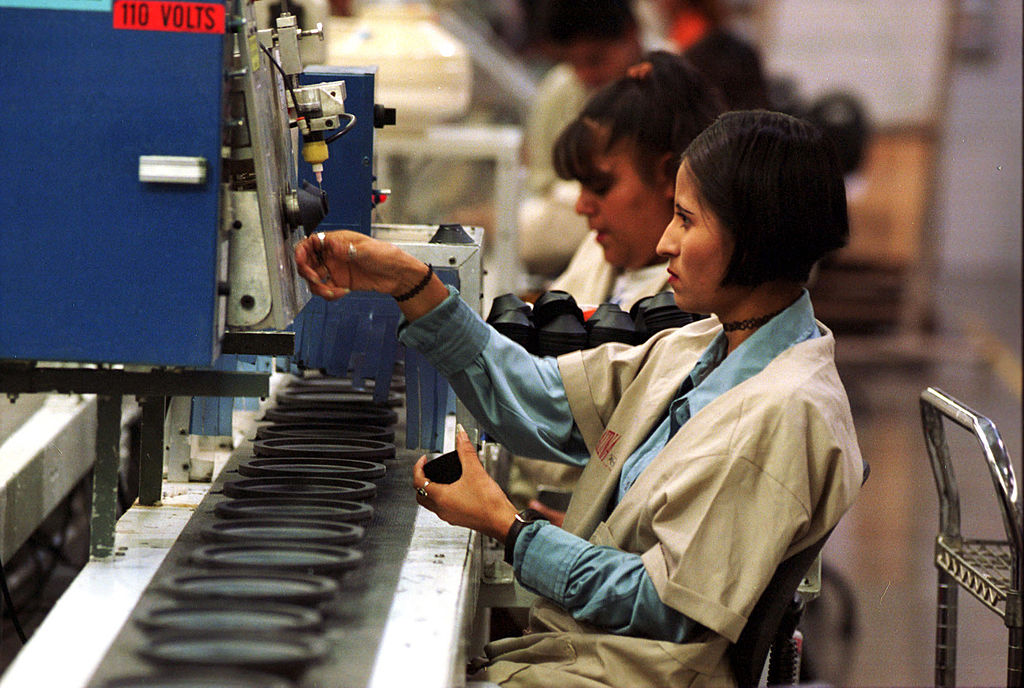In May of last year, the now outgoing Biden administration made the decision to impose sweeping tariffs on Chinese exports, ranging from 25 percent for personal protective equipment to 100 percent for electric vehicles. This is one of the many ways in which Democratic trade policy has built on, rather than reversed, the revisionism of Donald Trump. These measures were preceded by a wave of discussion, both in the media and the policy circuit, claiming, often on the basis of anecdotal evidence, that China had found ingenious ways of circumventing American tariffs, namely by exporting its goods via third countries with preexisting free trade agreements with the United States.
Mexico, which has become an obsession for Republicans, has received a great deal of attention. In 2020, the Brookings Institution, an influential centrist think tank, drew connections between Chinese imports of fentanyl components to Mexico and the ongoing public health crisis in the United States fueled by the drug. Both Trump and Joe Biden have discussed the issue with Xi Jinping, treating it, alongside Taiwan and the use of artificial intelligence technology, as a central political issue.
This hostile environment, in which Mexico is caught in the United States and China’s great power rivalry, has served as a pretext for Trump to commit to imposing tariffs on America’s southern neighbor. However, examined closely, it’s clear that claims that Mexico has become a backdoor for Chinese exports have been greatly exaggerated.
The differences between the value of Mexican exports to the United States and what it imports from China is considerable. The same is true of the relative size of foreign direct investments made by both countries to Mexico. Relative to the size of US-Mexico trade and US foreign direct investment (FDI) in Mexico, China’s equivalent figures are marginal. There is also little evidence that Mexico is offering a backdoor to goods destined for the US…
Auteur: Víctor Aramburu

